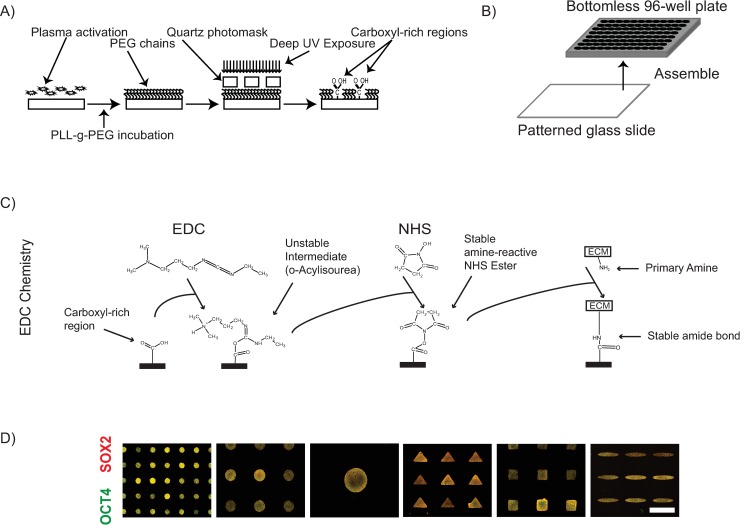Fig 1. Development of PEG based micropatterning platform.
(A) Scheme of protocol for transferring carboxyl-rich micro-patterns onto glass coverslips. (B) Overview of assembly procedure to produce 96-well microtiter plates with micropatterned culture surface. (C) Overview of carbodiimide- and succinimide-based ECM protein immobilization scheme. The carboxyl groups induced on the patterned glass coverslips react with EDC to form an unstable intermediate molecule O-Acylisourea. If kept in an aqueous environment for an extended period of time, this activated state may hydrolyze and result in the loss of activation of the carboxyl group. O-Acylisourea reacts with the present NHS molecules to form a stable amine-reactive NHS ester. This activated state is stable when kept dry, and the plates can be stored dry for some time after this activation step. Upon incubation with proteins (for instance, ECM proteins), it results in a covalent immobilization of the protein to the substrate. (D) Representative immunofluorescent images of micropatterned hPSCs colonies generated using the protocol depicted in panels A through C stained for OCT4 and SOX2. ECM, extracellular matrix; EDC, 1-Ethyl-3-(3-dimethylaminopropyl)carbodiimide; NHS, N-HydroxySuccinimide; OCT4, octamer-binding transcription factor 4 (also known as POU5F1); PEG, Polyethylene Glycol; PLL-g-PEG, Poly-L-Lysine-grafted-Polyethylene Glycol.

